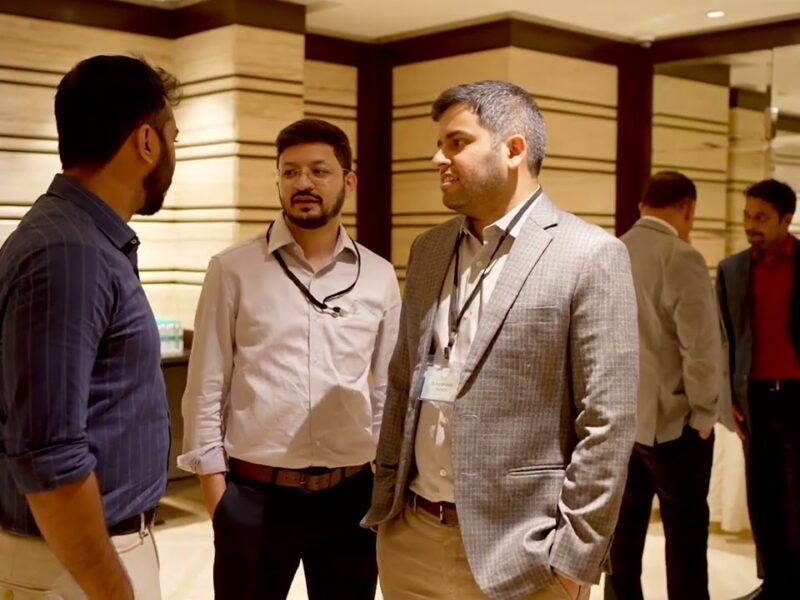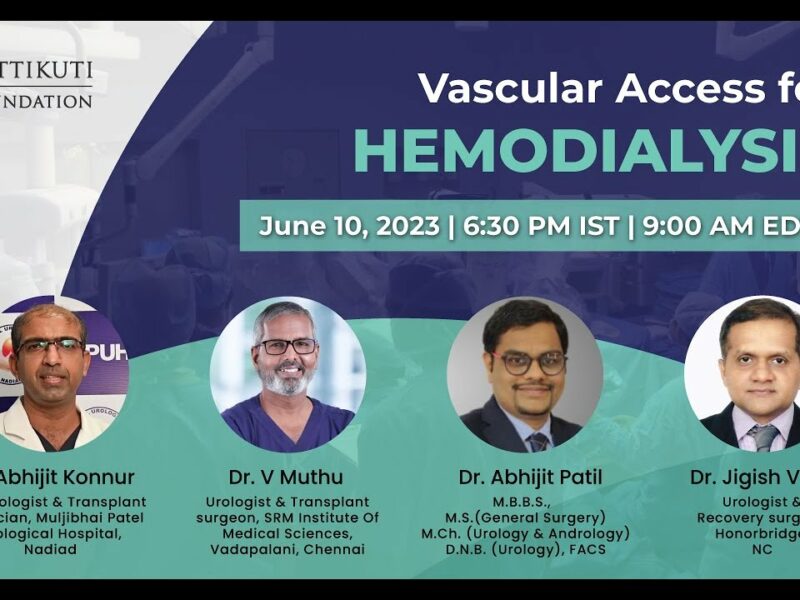Beyond Traditional Frontiers: Therapeutic Supine Robotic RPLND for post-chemotherapy residual retroperitoneal masses in testicular cancer
The KS robotic surgery video awards second place winner:
“Beyond traditional frontiers: Therapeutic Supine Robotic RPLND for post chemotherapy residual retroperitoneal masses in testicular cancer “(full title).
Authors:Ashwin Tamhankar, Puneet Ahluwalia, Gagan Gautam
Presenting author: Ashwin Tamhankar
Institution: Max Institute of Cancer Care, Saket, New Delhi
Background
Retroperitoneal lymph node dissection (RPLND) is the standard of care for staging and therapy in cases of early stage non seminomatous germ cell tumor(NSGCT) of the testis. Minimally invasive RPLNDin a post-chemotherapy (PC) setting is a technical challenge and is often criticized for incompleteness of resection (‘cherry picking’).With dramatic improvements in vision and dexterity, the robotic platform offers the opportunity to perform a complete RPLND, albeit, by moving the patient to the opposite lateral position midway through the procedure. The recent description of supine RPLND using the da Vinci Xi system prompted us to adapt this technique into the PC setting to explore the possibility of achieving a complete resection without changing the patient position.
Objective
To demonstrate the feasibility and technique of therapeutic robotic supine bilateral RPLND in PC setting by the da Vinci Xisystem.
Methods
A 27 year old gentleman with metastatic NSGCTof left testis presented post first line and salvage chemotherapy (3+3 cycles) with a residual retroperitoneal and left pelvic mass with normal tumor markers. After appropriate evaluation, he was planned for a robotic bilateral RPLND using the da Vinci Xi system. The patient was positioned in a supine Trendelenberg position and robotic and assistant ports were placed below the umbilicus. The Xi system was docked from the side and the after exposure of retroperitoneum,dissection of paracaval, retrocaval, interaortocaval, paraaortic and pelvic templates was performed. In the accompanying video, the RPLND component of this procedure is demonstrated.
Results
The RPLND component of the procedure could be safely accomplished with a console time of 300 min and an estimated blood loss of 400 ml. No drain was placed. No blood transfusions were needed. The patient recovered uneventfully and was discharged on the second postoperative day. Final histopathology revealed necrosis with absence of viable tumor in all 32 lymph nodes retrieved.
Conclusion
Full template bilateral supine robotic RPLNDis safe and technically feasible in the post chemotherapy setting with a good lymph node yield and the potential for a speedy recovery. Use of the da Vinci Xi system eliminates the need of changing the position of the patient or the robot to achieve a complete resection. In times to come, this procedure may provide a viable and safer option to patients who need to undergo RPLND for residual retroperitoneal masses after chemotherapy for NSGCT of the testis.
Narrated video with PPT’s, diagrams, CT imaging, Photos and robotic surgery video, 06:56.
Date
August 15, 2020




